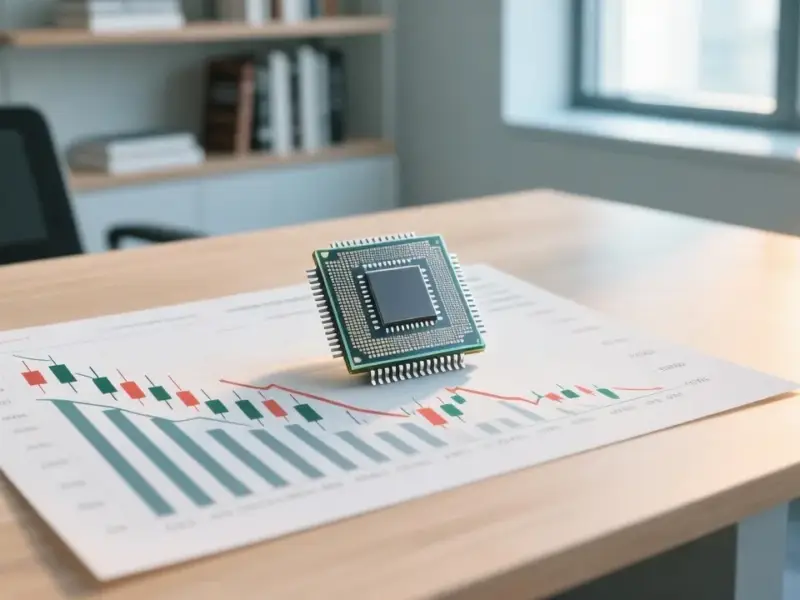According to Fortune, top analyst Tony Yoseloff warned in late October about an impending “AI wobble” and “prisoner’s dilemma” in tech stocks, and his prediction became reality just days later. The managing partner at Davidson Kempner Capital Management specifically highlighted how major firms are trapped in circular financing where they’re both funding and selling AI capabilities to each other. His warning coincided with Michael Burry revealing a massive $1.1 billion short position against AI leaders including Palantir and Nvidia in early November. Palantir then demonstrated the volatility firsthand – after reporting record Q3 revenue of $1.18 billion and initially surging 7%, its stock reversed dramatically to plunge nearly 8% in a single day. The selloff spread globally, with Asian and European indices following the tech-led decline as Bank of America Research noted the “Magnificent 7” stocks contributed over 80% of S&P 500 returns last month.
The Prisoner’s Dilemma Explained
Here’s the thing about Yoseloff’s prisoner’s dilemma analogy – it perfectly captures why this AI bubble feels different. Basically, every major tech company is stuck in this arms race where they have to keep pouring billions into AI infrastructure because their competitors are doing the same. It’s not about whether the investments make sense anymore – it’s about not being left behind. And when everyone’s making the same defensive moves, you get this massive concentration risk where just 10 stocks control 40% of the S&P 500. That’s historically dangerous territory, comparable to the Nifty Fifty era or dot-com bubble when investors waited up to 15 years just to recover losses.
Palantir’s Reality Check
Palantir’s earnings should have been a victory lap. $1.18 billion in revenue, beating estimates, government contracts up 52% year-over-year – these are objectively strong numbers. But the market basically said “so what?” The stock still got hammered. CEO Alex Karp’s furious response to short sellers on CNBC, calling Palantir “the most important software company in America,” did nothing to stop the bleeding. And honestly, can you blame investors for being skeptical? When you’re trading at over 100 times earnings, even great results might not justify that valuation. The company’s sky-high valuation multiples have been raising eyebrows for months.
Why This Selloff Feels Different
This isn’t your typical “sell the news” reaction. There’s something structurally worrying happening here. Look at how tightly global markets are tied to just a handful of AI stocks – in South Korea and Taiwan, one or two tech companies account for nearly half their national index returns. That’s insane concentration. When Palantir wobbles, everything wobbles. And the prisoner’s dilemma means this could get worse before it gets better. Companies can’t stop spending on AI without falling behind, but they’re pouring money into unproven returns. It’s creating what Yoseloff calls “dead capital” that could haunt tech valuations for years.
What Comes Next
So where does this leave us? Well, Goldman’s David Solomon and Morgan Stanley’s Ted Pick are both predicting up to 20% corrections in stock valuations. That’s mainstream Wall Street thinking now, not just bearish outliers. But here’s the interesting part – seasoned investors like Yoseloff see this volatility as creating opportunities. When markets finally separate the real AI winners from the hype casualties, absolute return strategies could thrive. The structural concerns about AI investment cycles aren’t going away, but neither is the technology‘s potential. We’re probably looking at a painful but necessary market correction that will ultimately reveal who’s actually building sustainable AI businesses versus who’s just playing defense in the prisoner’s dilemma.




